Affiliate links on Android Authority may earn us a commission. Learn more.
Opinion: Force Touch is a paradoxical complication in the world of sublime simplicity
Published onSeptember 10, 2015
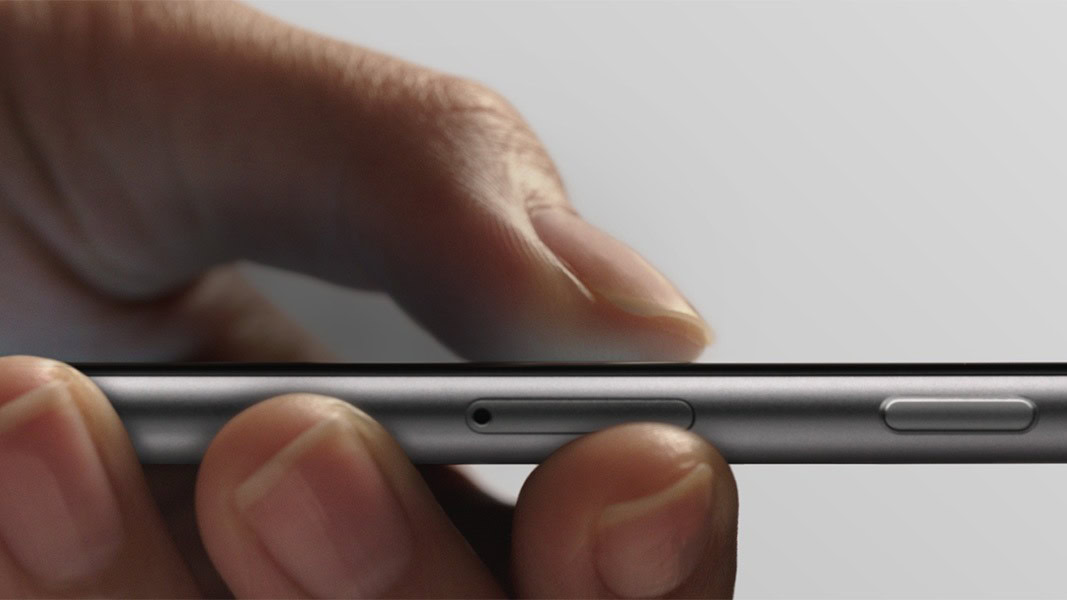
Far be it for me to go against the mainstream opinion, but I’m not quite sold on Apple’s Force Touch, or as it’s now being touted, “3D Touch.” The basic principal is simple: with some clever uses of pressure sensitivity, displays implementing the tech can detect three levels: a tap, a soft press, and a hard press. It’s actually pretty cool to be quite honest, though its use is questionable and it’s anything but intuitive.
Having spent a few weeks with the Apple Watch shortly after its release in April, my experiences with “the Force” was mixed at best. Now that Apple has sought to include it in this year’s iPhone series refresh, I feel the need to suggest why this “magical” new technology – while innovative – is actually less user-friendly than one might assume.
Watch the Force
Given the basic way in which we have been conditioned with touch-based interfaces, there is a certain degree of intuition and understanding that dictates the manner in which new products and UI are approached. Let’s consider the aforementioned Apple Watch. One of the most fundamental aspects of the product, and indeed one that Apple made quite visible from the first promotional video it was featured on during the unveiling last year, was the watch faces. Remember how everyone commented about the cute Mickey Mouse for example.
Imagine then, my utter confusion and almost panic, upon trying to change the default watch face. I couldn’t. Now please keep in mind that my experience with touch screens goes back to the early PDAs. (To this day my father still talks of the Die Another Day HP Jornada SP he reluctantly was talked into buying for me.) I know how touch works. Heck, I know how wearables work considering I’ve owned or tested every Android Wear and Tizen device released so far. And yet, that damn watch face.
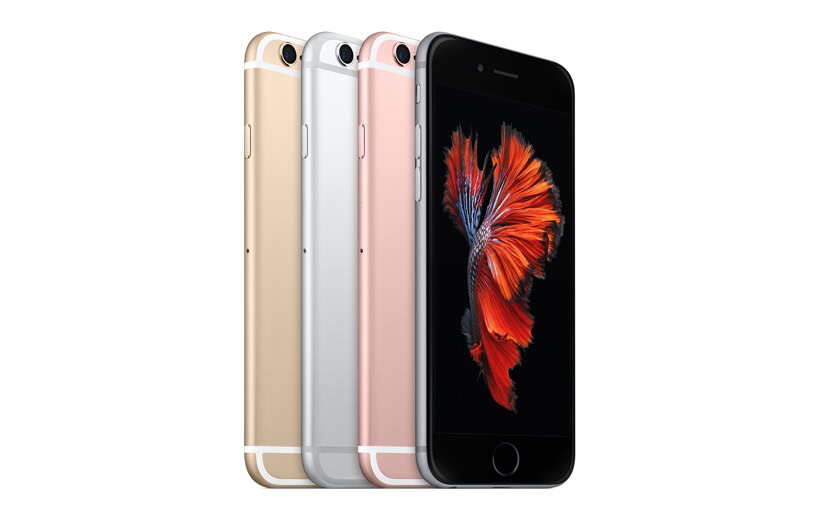
So confused I was, that I actually had to search the internet for a solution. And even more amazingly, at that point in time there was basically nothing. The only things that turned up back in late April for “how to change the watch face” were basically posts on the different faces. How do I change the freaking face. Then, out of some kind of bizarre stroke of luck or simply desperation, I pushed the screen. Hard. Ah ha! That’s the trick.
You see, I was making a major mistake: the Apple Watch’s face isn’t changed by holding down on the screen as you would think based on every other device you’ve ever used. No, it’s based on pressing the screen hard. Suddenly I “got it”. Here’s the problem though: if I – as a person that lives, breathes, and thinks tech – couldn’t even fathom the most fundamental way to use Force Touch, how the freaking **** is any random person going to without going through the same process? And mind you, consider how many iPhone users probably still don’t know what Siri is, or how to activate it. Siri has been around since the 4S for crying out loud.
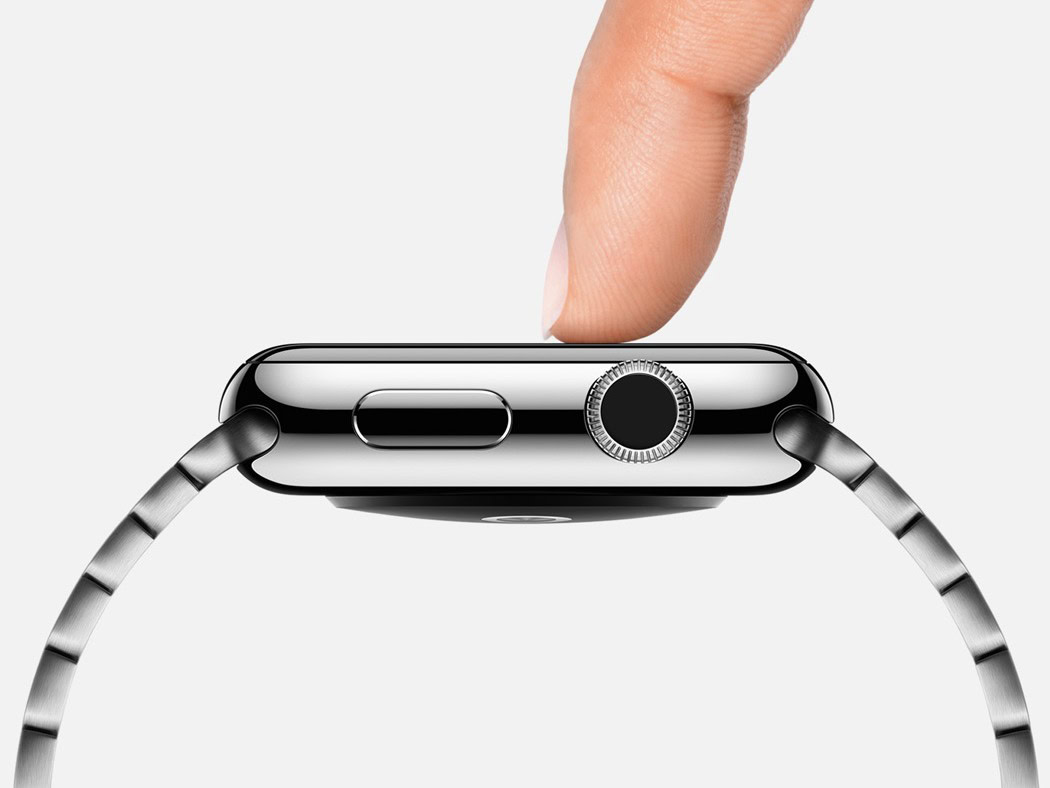
We’re using it wrong
Now I realize that for some people, even my experience will be seen as idiocy. “How could you not even know about Force Touch if you claim to be a techie?” or “What kind of moron wouldn’t know to try that.” Thing is, I actually did know about Force Touch long before I got the Apple Watch. Heck, I watched the launch event live when it happened. The problem is that the entire idea was absolutely so alien to the manner in which I have been conditioned to interact with devices for the past two decades, it basically slipped my mind.
Apple is a company that seeks to bring simplicity to those that subscribe to its scripture. It preaches dogma about a clean and easy to understand user interface and is safe for everyone from infants to the elderly to use without any real fear of doing damage to the OS or core files therein. How is it then, that Force Touch ever came about? How could a company that prides itself on “the basics” actually seek to develop and now widely integrate such an unnatural, un-intuitive manner of input into their products?
And yes, I do mean that. The learning curve is just far too steep. This isn’t something natural like pinch to zoom or multi-touch or gestures or anything else. This is having the user exert excessive physical force onto a glass panel in order to cause a functional reaction. Let’s think about that for a second. Chances are, you’ve tried at least once to press hard onto an LCD panel and have seen the distortion that ensues. Chances are equally likely that, in doing so, you worried it might be damaging the screen. Now stop for a second, consider the very prospect of Force Touch, and the notion of pressing into the glass. Harder.
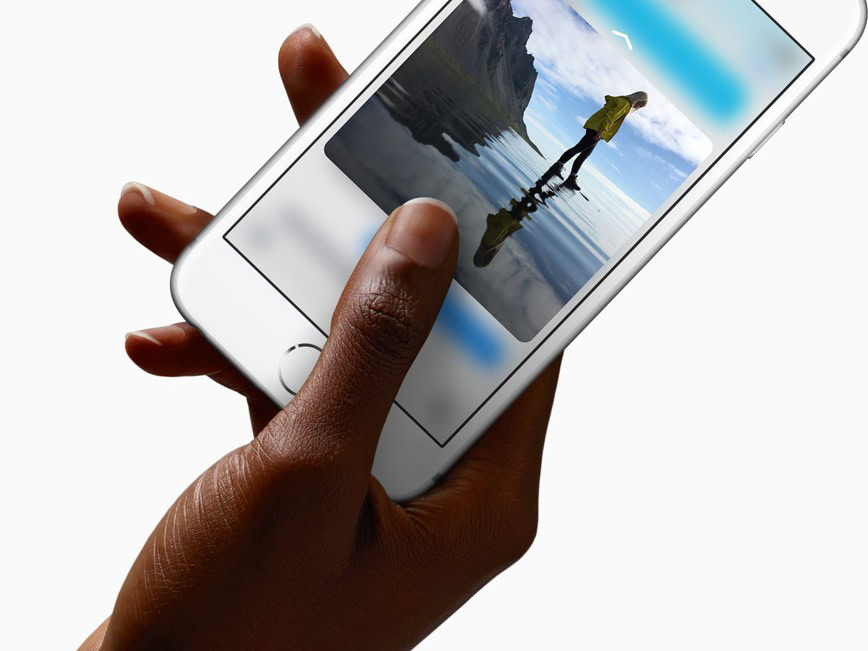
Babies are being born
I have no doubt that people born in the era of the “Force” will never have the reservations that have been expressed in this piece. The problem is that there are several billion people who already inhabit the planet and many of them are pre-conditioned to using touch technology in a very specific way. Perhaps they will grow up and be taught that pressure isn’t the be-all-end-all way to break precision electronics.
It is actually quite cool, and honestly I am curious and eager to discover what ultimately becomes of the technology, especially given that some Android OEMs have already sought to make use of it (presumably before Apple’s patents have cleared in their country). Truth be told, after I learned just how to use Force Touch, it made me want to experiment with every app on the Apple Watch. It was, perhaps as Cupertino intends it to be, a “revolution” in terms of user interface interaction, to an extent at least.
Still, I am not without reservations. I occasionally “relapsed” during my time with the Apple Watch, forgetting that a hard press was needed to achieve a desired result. Call it my inability to properly integrate something new. Still, in my defense, I present over two decades of touch-based experience which has clouded my abilities.
Do it (like they do it on the Discovery Channel)
Perhaps the largest misgiving I have about the implementation of 3D Touch is the way in which apps will make use of it. As many have pointed out: there’s no real way to know. Well that’s not entirely true, not at all. By checking the update logs you can easily find out. The trouble, as this piece has argued: is this something the general public regularly does?
Like so many ambitious third party ad-ons and accessories, 3D Touch has the most fundamental flaw in not being present from day one. While this might work fine for future applications, it presents a very tangible, very possible layer of frustration to “re-learn” how to use software you thought you knew like the back of your hand. Because now, you need to know with the pad and pressure of your thumb.

It’s quite clear what will occur after users get the hang of 3D Touch: they will start testing it out on every app at any given time and place to see if some magical result occurs; if some new window or deeper level of functionality is included. Heck, I sure started doing this with the Apple Watch, and consider for a second that device was launched with Force Touch yet still many developers haven’t made pervasive use of it.
While it may be somewhat of a stretch, I can also see a number of people who won’t even realize 3D Touch is a new implementation and thus start pounding down on their existing devices in a fruitless attempt to get the same reaction elsewhere. Including Apple’s brand new iPad Pro, which curiously lacks this supposedly game-changing level of interaction.
Why not hover (to cover)
One additional thing to consider with the new iPhones in particular, is Apple’s way of achieving the desired results. While I think most consumers like the idea of being able to preview “inside” apps without formally having to open them, the implementation – again – seems to be broken. Several of the hands-on videos of 3D Touch have offered a conundrum of sorts: users eager to hard press their way into app previews are making “mistakes” by taking off the pressure. In one case in particular, the individual successfully triggered the available quick options yet when he tried to press one, he erronously took his hand off the screen (thinking the menu was hard-set) and it disappeared.
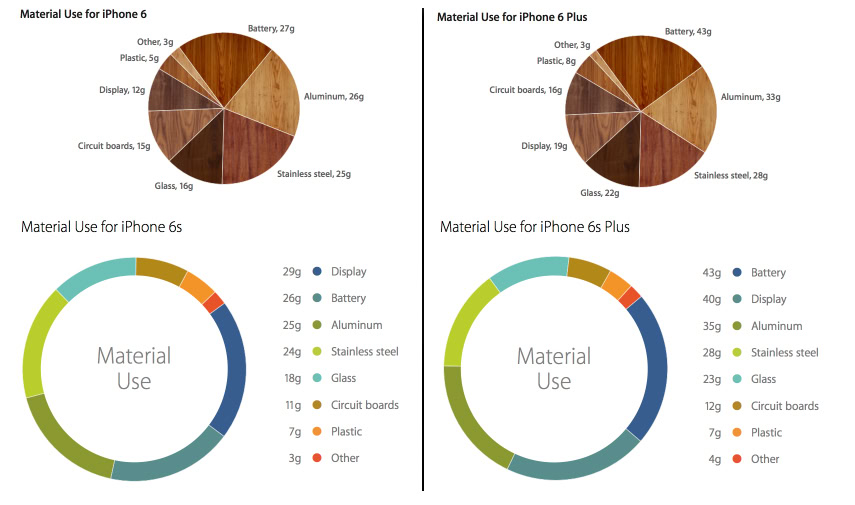
Clearly, to use this new feature requires a heavy handed press and then slide as well. Again, is this natural? Let’s consider for a second that Samsung used to have a “hovering” feature on the Galaxy S series, itself taken from the S-Pen on the Galaxy Note product line. The idea was exactly the same: by placing your finger slightly over any given folder or file, you could view additional information or contents without any physical exertion whatsoever. You literally didn’t even need to touch the screen. Why couldn’t Apple have simply implemented this basic idea, especially given that the presence of the Taptic system needed for 3D Touch has resulted in a heavier iPhone.
Perhaps the best take-away from this forgotten Samsung solution is that it’s gone. Yes, hovering is no longer built into the Galaxy S line’s TouchWiz skin, and thus it would seem to imply, at the very least, that it wasn’t deemed relevant. Funny then, how Apple clearly feels the future of interaction is out in Force.
Wrap up
3D Touch, Force Touch, is clearly the product of a Post-Jobs Apple. In fact, it is actually difficult to imagine Mr. Jobs ever conceiving of “the Force” even if some might argue his brilliant exuberance was clearly the product of Midi-chlorians. Considering this man was opposed to a modern reinterpretation of the classic stylus, would he have ever initiated or signed-off on such a deceptively complex dimension of user interaction?
Indeed, I do wonder just how the general public will receive these new iPhones. The Apple Watch, while wildly profitable, is still a very niche product. Likewise, even the MacBooks that make use of Force Touch are catering to a more limited audience given the monopoly the Personal Computer still has in market share. Perhaps those who use one or both product categories will have no reservations or problems whatsoever with the iPhone 6S’ 3D Touch. It would make sense given they are pre-conditioned and have already been required to “relearn” touch.
I suspect however, that what might actually happen is a massive majority of iPhone users will unpack their shiny new device and either not realize it has 3D Touch, not understand what 3D Touch is, or – like me – know of it but not actually process the idea of using it. Assuming Apple’s utilization of the feature in connection with operation is limited or complementary at best, perhaps those who are none the wiser won’t know what they’re missing.
On the other hand, if Force Touch is heavily integrated, or even worse, if third party developers start making heavy use of it, there is a massive potential for a massive backlash of people who are complaining about “broken” or “malfunctioning” or “glitchy” hardware and software when, to paraphrase the late and dear Steve Jobs, they’re just not using it right.